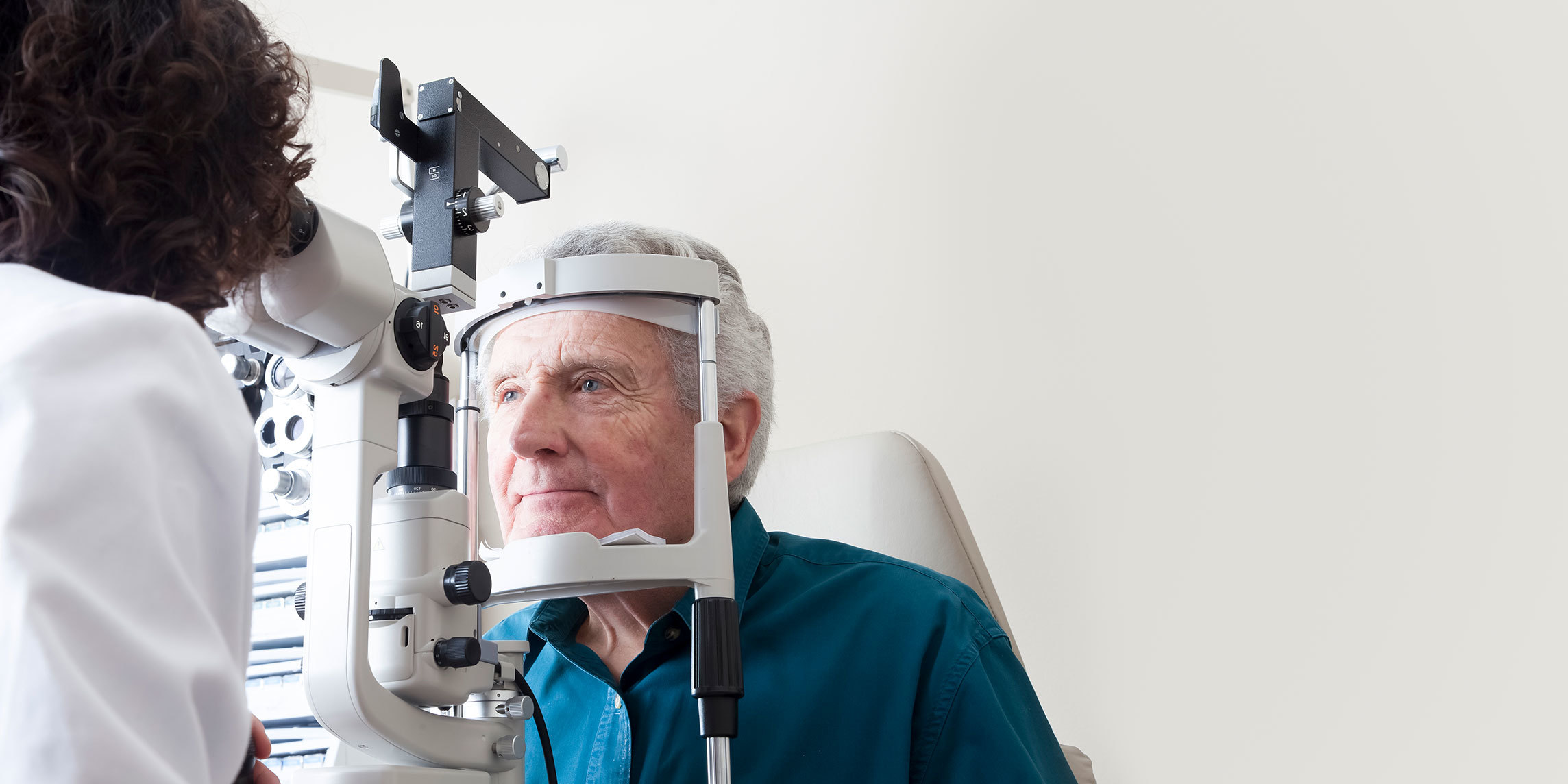About Ocular Misalignment
Twelve pairs of cranial nerves are located in the back of your brain, each with a different function related to the sensation and motion of the head. In cranial neuropathy, one or more of these nerves is damaged, leading to functional impairment. Specifically, the third, fourth, and sixth cranial nerves participate in eyeball movement by extraocular muscle control, and damage to these nerves can cause ocular misalignment. If several cranial nerves are affected, the condition is known as multiple cranial neuropathies (MCN). In some cases, symptoms of cranial neuropathy can get better with time by treating the underlying condition, other times nerve damage can become permanent.
Types of Ocular Misalignment
Different types of ocular misalignment treated are defined by which cranial nerve is affected.
Types of ocular misalignment include:
- Third nerve palsy. This condition affects the third cranial nerve. This nerve helps manage muscles that control eye movement as well as the size of the pupil.
- Fourth nerve palsy. This is also called superior oblique palsy. It affects the superior oblique muscle, which helps to rotate your eyes inward and down.
- Sixth nerve palsy. This is also called abducens nerve palsy. It affects the lateral rectus muscle, which helps to move your eyes outward.
Symptoms of Ocular Misalignment
The varied forms of ocular misalignment can cause different symptoms depending on which the location and type of nerve damage that occurs.
Symptoms of ocular misalignment may include:
- Abnormal eye movement
- Double vision
- Eyelid sag or droop
- Pupil appearing larger than normal
- Trouble moving the eye
- Vision changes
Risk Factors for Ocular Misalignment
Damage or paralysis of cranial nerves leading to ocular misalignment can result from various causes such as trauma, vascular disease, intracranial tumors, aneurysm, and other conditions.
Risk factors of ocular misalignment may include:
- Comorbid conditions: Diabetes, high blood pressure, and stroke are linked to ocular misalignment.
- Health history: A head injury can lead to condition onset.
- Personal history: Smoking, obesity, and the lack of regular exercise and healthy diet can make condition onset more likely.
Treating Ocular Misalignment at UT Health Austin
A careful eye exam and additional tests, including imaging may be used to determine if your symptoms are related to any underlying brain condition. While there is no cure for migraine with aura, your ophthalmologist is well-versed in the most current, evidence-based treatment recommendations including lifestyle adjustments, medications, and more to control your symptoms and improve your overall quality of life.
Care Team Approach
A careful eye exam, additional neurological testing, imaging, and other tests may be used to determine the underlying cause of your symptoms and if multiple cranial neuropathies are present. Treatment depends on what is causing your cranial neuropathy and which nerve or nerves are being affected. Your healthcare provider will work with you on determining the best course of action and is well-versed in the most current, evidence-based treatment recommendations, which may include lifestyle adjustments, medications, surgery, or treatments.
Learn More About Your Care Team

Mitchel and Shannon Wong Eye Institute
Health Transformation Building, 1st Floor
1601 Trinity Street, Bldg. A, Austin, Texas 78712
1-833-UT-CARES (1-833-882-2737)
Get Directions